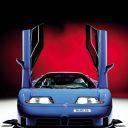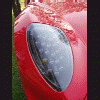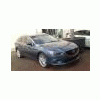# elise
-
Lotus Elise esce di produzione dopo 26 anni
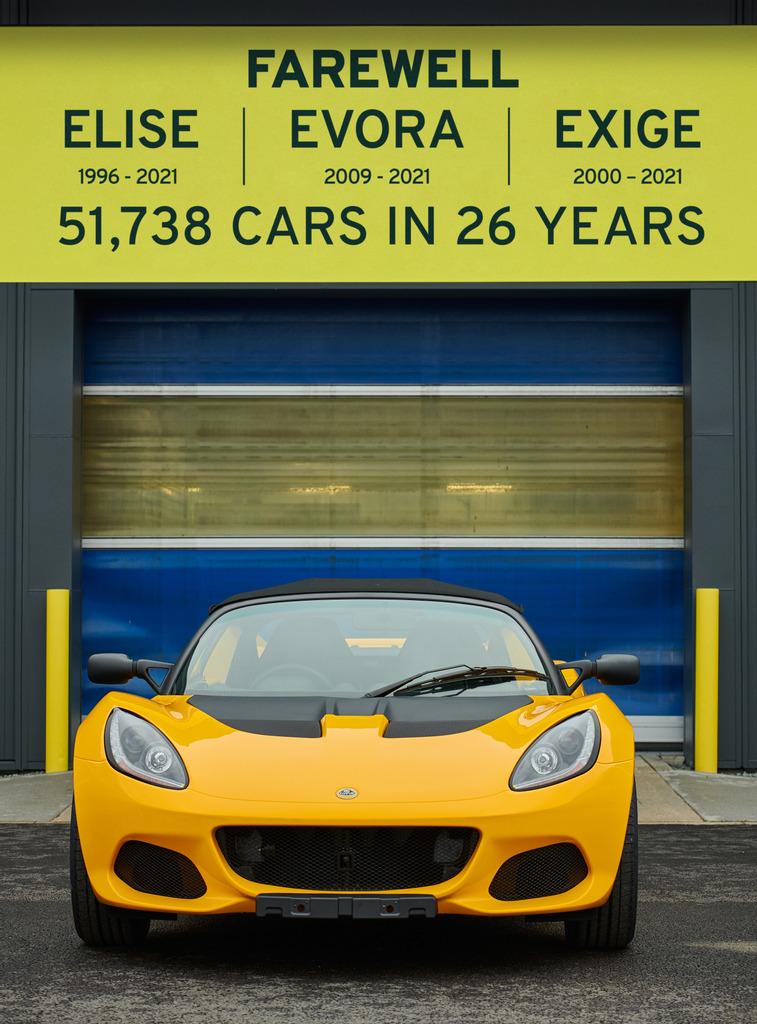
- 6 commenti
- 2919 visite
-
Lotus Elise e Exige Final Edition 2021

- 18 commenti
- 4166 visite
-
Lotus Elise Classic Heritage Edition 2020
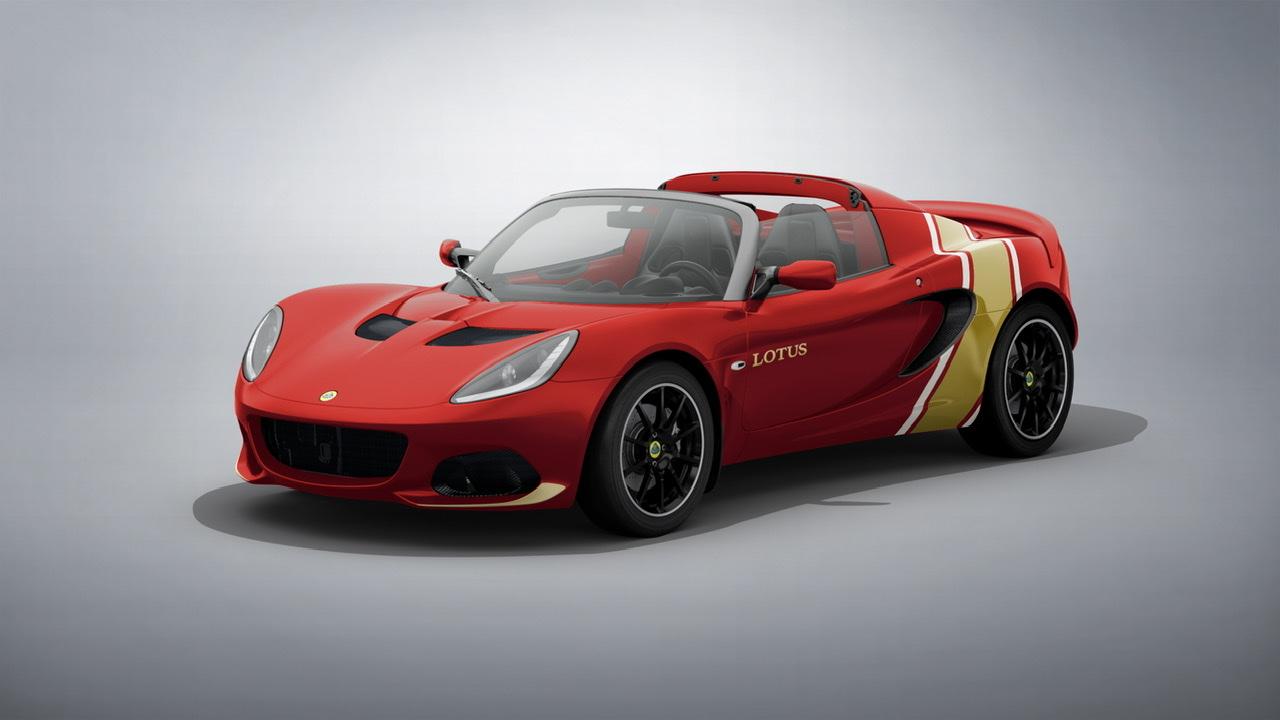 __P ·
__P ·- 14 commenti
- 2752 visite
-
Lotus Elise Cup 260 2017
 __P ·
__P ·- 7 commenti
- 10853 visite
-
Lotus Elise 2017
- 22 commenti
- 19281 visite
-
Lotus Elise Club Racer [Nuovo Allestimento]
- 4 commenti
- 4156 visite





